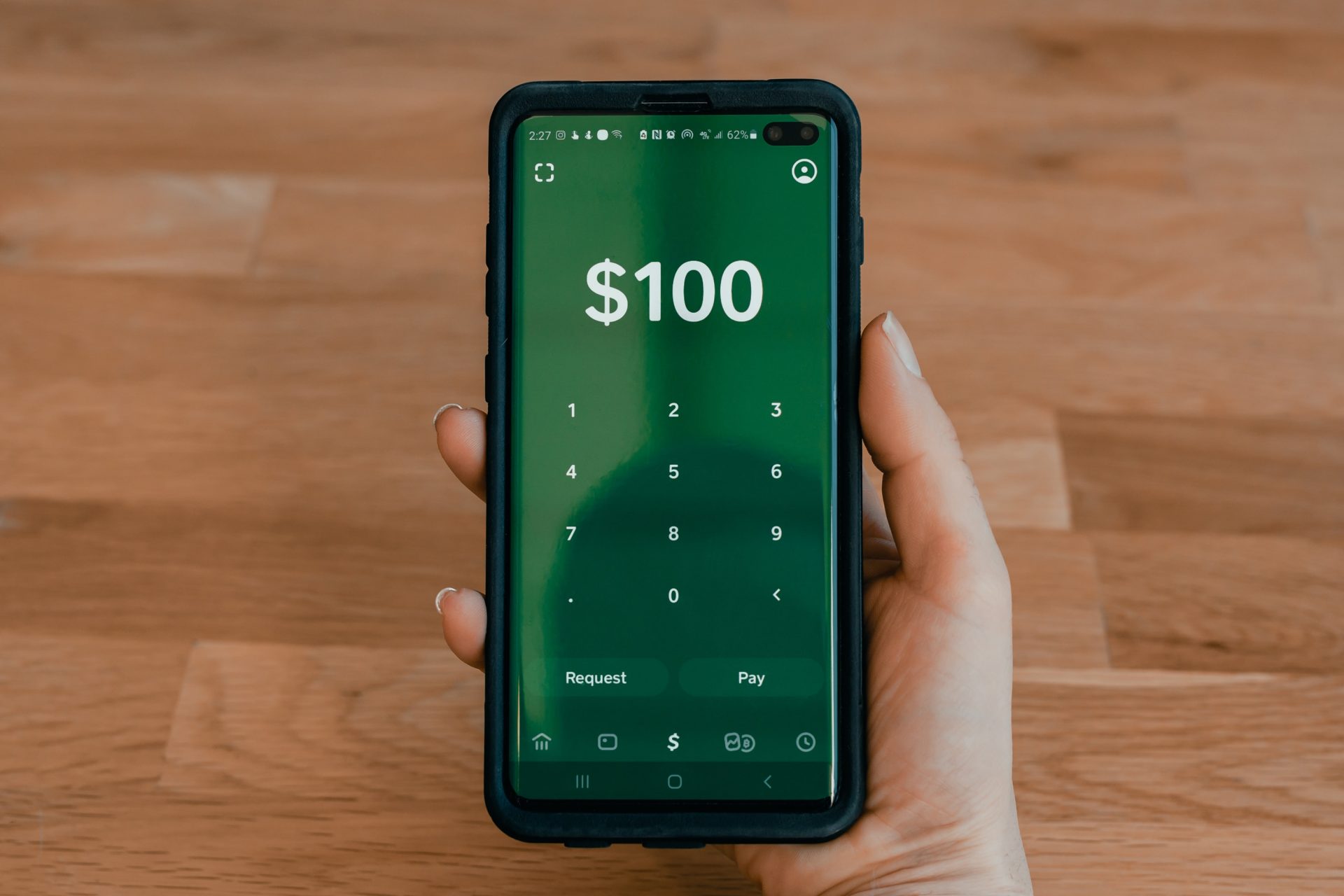Accounting
Beware of Scammers Using Zelle
Fraudsters will call the user under the guise of reversing the unauthorized transaction. The scammer then asks for the victim’s username and password to verify their identity and transfers money out of their account.
Nov. 30, 2022

By Noor Adatia, The Dallas Morning News (via TNS).
People are increasingly falling victim to fraud on the payment service Zelle, lured by scammers impersonating bank officials via text message or phone call — and in response to the prevalence of fraud, some banks are responding with a plan to reimburse scammed customers.
Zelle allows users to send and receive money instantly and without a fee. But unlike other mobile payment services like Venmo and Cash App, the platform is partially owned by banks.
Seven big banks, including JPMorgan Chase and Bank of America, partnered to form fintech company Early Warning Services to run Zelle. The app was created in 2017 to compete with other electronic-payment services.
But a report issued by Sen. Elizabeth Warren, a Massachusetts Democrat, in October found that the app “facilitates fraudulent activity of many kinds” and often does not repay swindled customers. Warren is a longtime critic of the banking industry and launched an investigation into Zelle in April.
“Big banks own and profit from Zelle but are failing to make their customers whole for both authorized and unauthorized fraudulent activity on the platform, despite their claims that it is safe and that they have a ‘zero liability’ policy for fraud,” Warren’s office wrote.
The report also found that customers are set to lose more than $255 million to scammers by the end of this year.
But schemes involving money and manipulation aren’t new. Digital wallets like Zelle have simply introduced a new method for fraudsters, said Monica Horton, spokeswoman for the Better Business Bureau of North Central Texas.
She said digital payment scams are on the rise because the transaction is similar to handing someone cash.
“Scammers used to ask you to wire-transfer money because it wasn’t traceable. Then, they migrated over to sending you fake checks for you to take to the bank,” Horton said. “Now, they are using these payment platforms to steal your money.”
How does a Zelle scam work?
Zelle allows people to transfer money to anyone through their phone number or email address, which may make it easier for bad actors to take advantage of users.
Scams on Zelle usually involve a text message that appears to be from a bank. These messages often ask victims whether to authorize a large payment from Zelle by texting back a “yes” or “no.”
After the person responds to the fake message, fraudsters will call the user under the guise of reversing the unauthorized transaction. Phone calls are spoofed to appear as though they’re being made by the bank.
The scammer then asks for the victim’s username and password to verify their identity and transfers money out of their account.
“Scammers have adapted all of the typical scams to use this new technology, because they know if you send money to someone, it’s similar to handing someone cash,” Morton said.
Another popular scam employs urgency in order to encourage users to act fast and share their banking information. Some fraudsters have also posed as utility companies, threatening to cancel the user’s electricity’s service. Zelle reports this often occurs during periods of peak energy usage.
Will you get your money back?
It’s unlikely you will get your money back if you were scammed on Zelle.
Only unauthorized transfers are protected for customers, according to the Electronic Funds Transfer Act of 1978. Otherwise, it is difficult to recover money you’ve knowingly sent to someone, which is considered an authorized transfer under the law.
The service also does not offer a protection program on authorized payments.
“Even if you were tricked or persuaded into authorizing a payment for a good or service someone said they were going to provide, but they didn’t fulfill it, this would be considered a scam. Because you authorized the payment, you may not be able to get your money back,” Zelle’s website says.
It is more likely you will get your money back if you report an incident in which you weren’t involved with the transaction, including someone gaining access to your account without permission.
How to use digital wallets safely
There are some ways to protect yourself from being scammed by digital wallets, according to the BBB and Zelle:
- Only send payments to people you know. “Peer-to-peer payment services were designed for simply that,” Horton said. “You’re paying somebody back for lunch or reimbursing a friend for something.”
- Beware of scams that don’t sound reasonable, such as tickets sold at a steep discount. “If an offer sounds too good to be true, it probably is,” Zelle says on its website.
- Double check your recipient’s contact information. Ask your friend to confirm their phone number or email, as Zelle generally does not protect users sending money to the wrong person.
- Steer clear of fake texts and email addresses. Don’t click on links from messages, and never provide your personal banking information over the phone. The BBB writes that payment apps will only ask you for your password on their login page.
“The general advice for consumers is don’t trust any unsolicited message, regardless of the form it comes in. … Scammers will use various tactics to get you to click on a link or call a number,” Horton said.
If you’ve lost money to a fraudster, you can report it to the FBI’s Internet Complaint Crime Center at ic3.gov. Zelle also recommends reporting it to your bank or credit union.
The BBB has a Scam Tracker portal at bbb.org/scamtracker, where you can report a scam or look up existing ones.
©2022 The Dallas Morning News. Distributed by Tribune Content Agency, LLC.
